In 1955, local residents built the first “Chukagai” gate. You'll see the gate is emblazoned with the characters 中華街, Chinatown in Japanese. The structure is known as Zenrin mon, 善隣門, The Good Neighbor Gate.
In the 1950s, people called Yokohama Chinatown Nankin-machi (南京町), but the name was associated with Nanking and its sad wartime associations. To heal this, the local community built the authentic Chukagai gate to depart from history, Mr. Takahashi said. The local people along with the governor of Kanagawa Prefecture and Yokohama's mayor encouraged the construction of Chukagai gates to show the desire for the town’s prosperity. Now there are ten dignified gates in the town.

The ethnic Chinese people in Chinatown are called Kakyo (華僑) and immigrated after Japan opened the country. Later, Commodore Perry came to Uraga in what is now Yokosuka, Kanagawa Prefecture in 1853, and Japan reopened its trade systems to the world. In 1859, Yokohama opened as a Treaty Port and to become one of Kanagawa's most vibrant towns.
According to the Yokohama Archives of History, American, British, and French immigrated to Japan along with Canton and Shanghai merchants. The entrepreneurs brought Canton and Shanghai people because of their communication skills - they were literate in Chinese characters and could read Japanese texts. These Chinese people built Chinatown including a school, hospital, stores, restaurants prior to the Great Kanto Earthquake. They worked as translators, interpreters, as well as chefs, barbers, and tailors. They were identified as Sanbatou – those engaging in three occupations. These were chefs, barbers, and tailors. Today, the heritage of these workers are the more than 600 restaurants and stores in a 2500 square meter space in the district.

No matter the circumstances, Yokohama Chinatown has never given up on supporting and reviving the town. Both Japanese and Chinese people have lived together here for a long time, and they have successfully passed the baton to the next generations.

Chinatown celebrates in a big way, continuing traditions from generation to generation. Chinese New Year Lanterns 2021 display kicked off in November. Mr. Takahashi says Yokohama Chinatown Development Association has held these Illuminations since 2003 to welcome all visitors to Yokohama Chinatown. As the name of the event implies, this illumination is for Chinese New Year, the most important traditional cultural event in China. Combining lanterns and lines of lights brings authentic illuminations to the entire city of Yokohama Chinatown. These illuminations continue until February 28th, 2021.
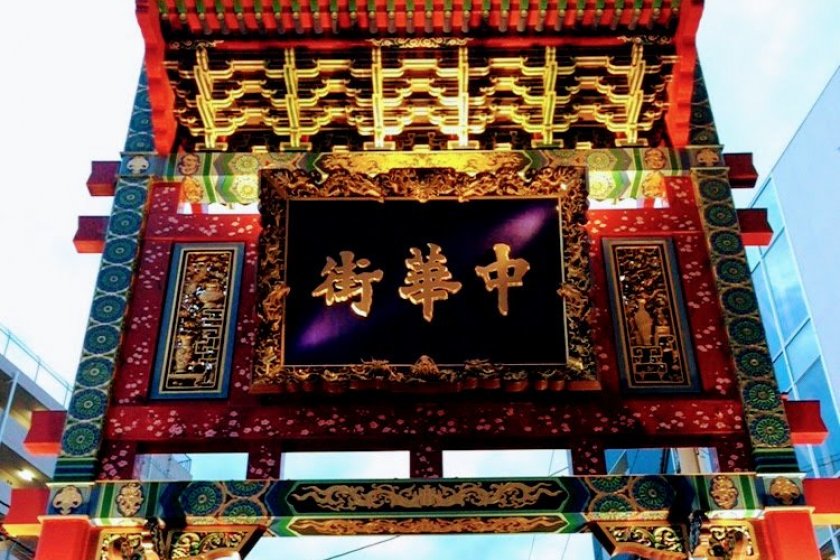




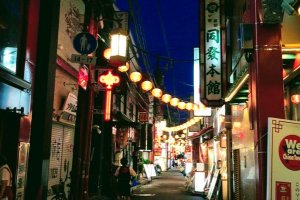

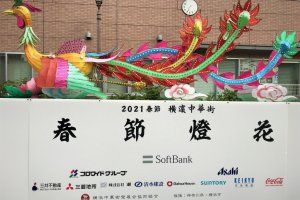
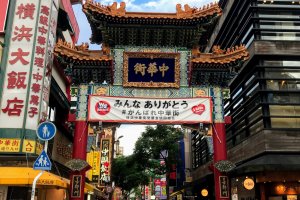
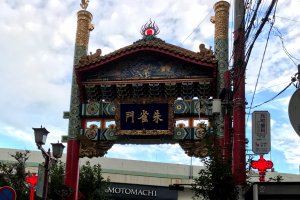
























Treaty of 1871, Chinese used to be a national
without treaty. Therefore, many Chinese including from Fujian Province seemed to come to Japan as employees of foreigners. Thank you very much for your comment!